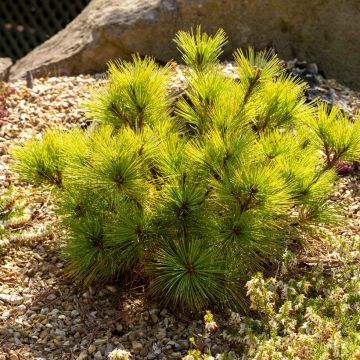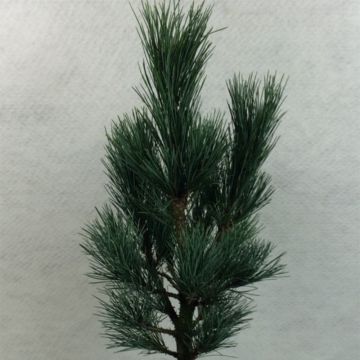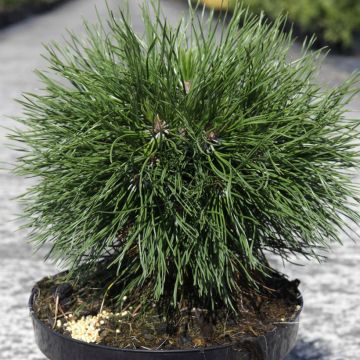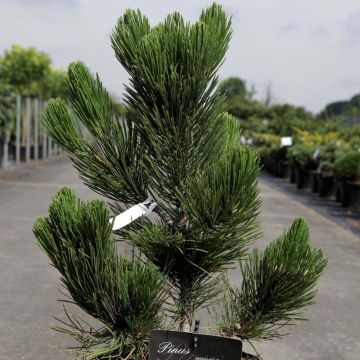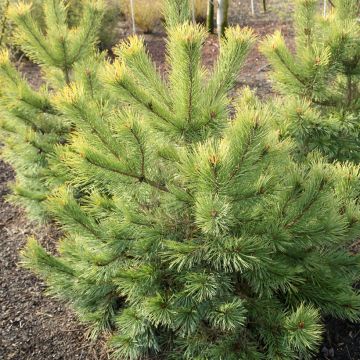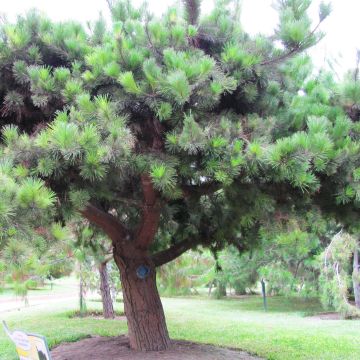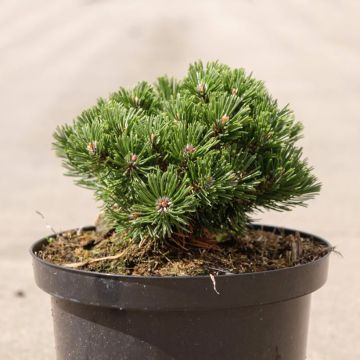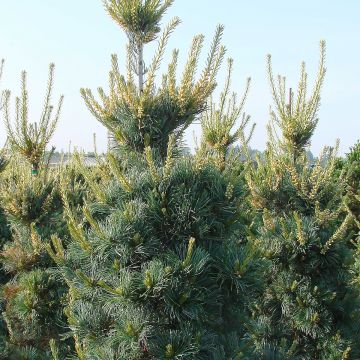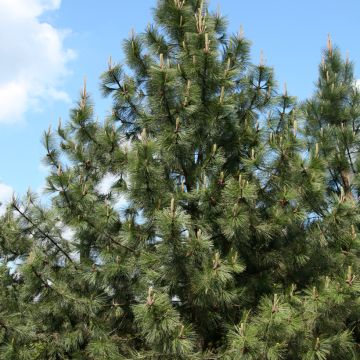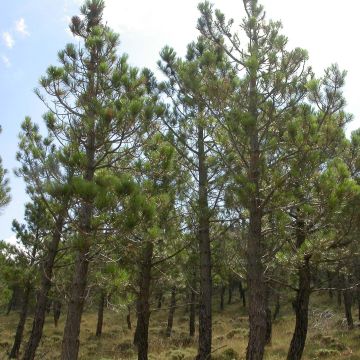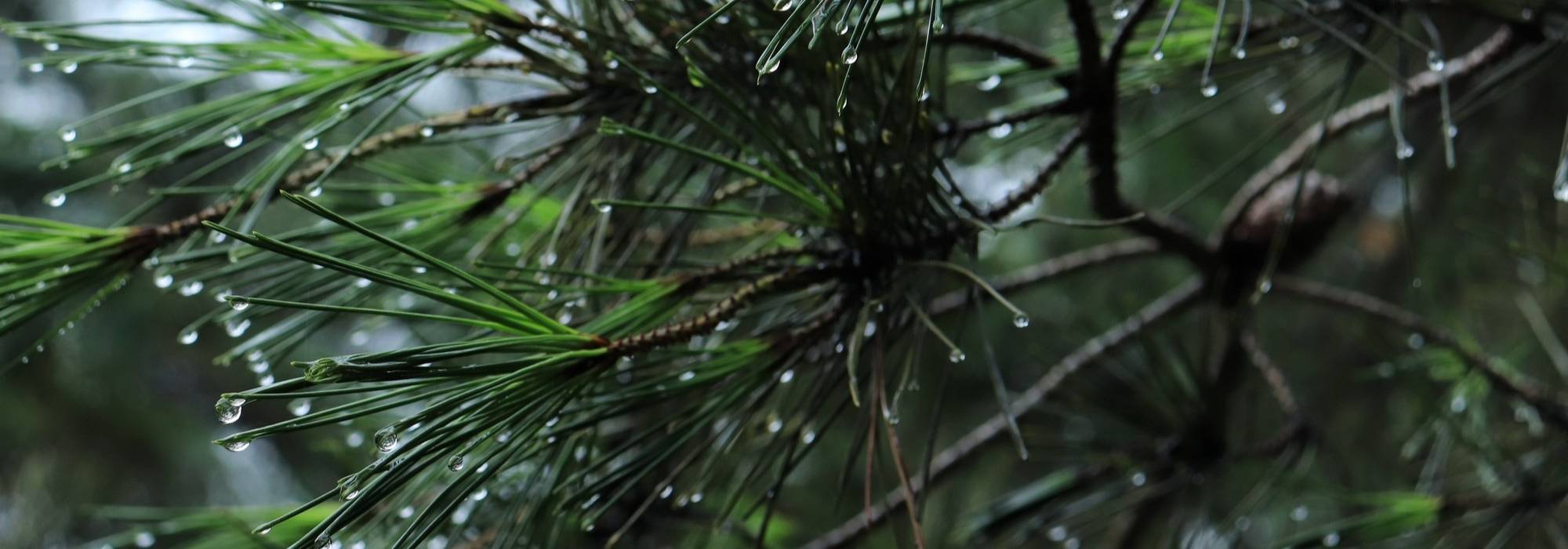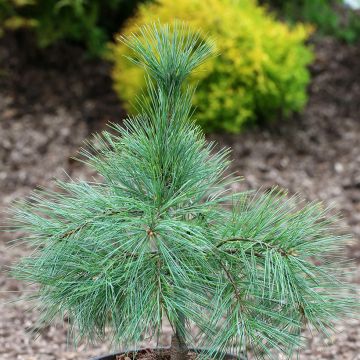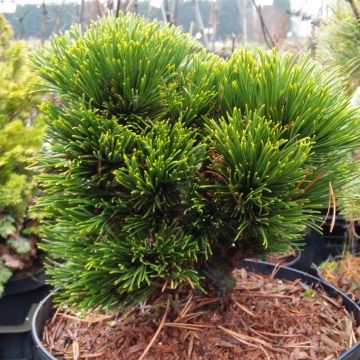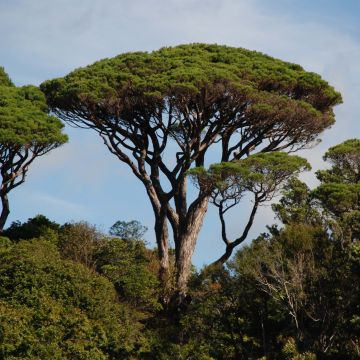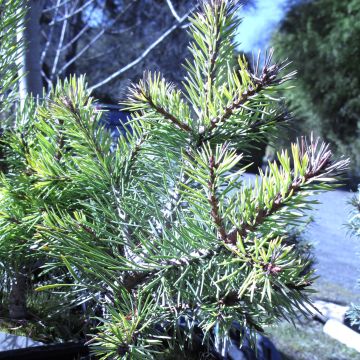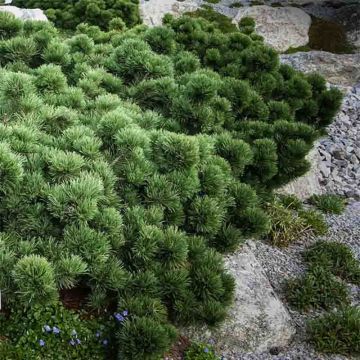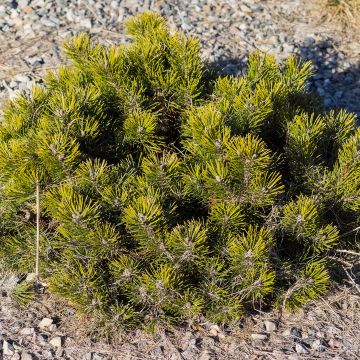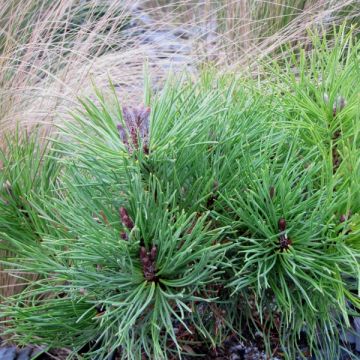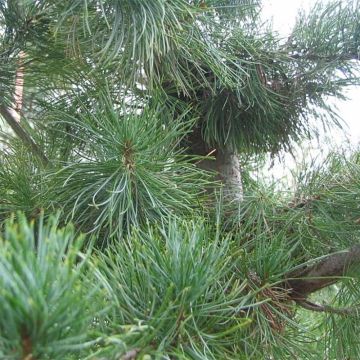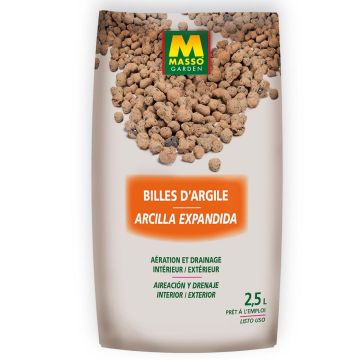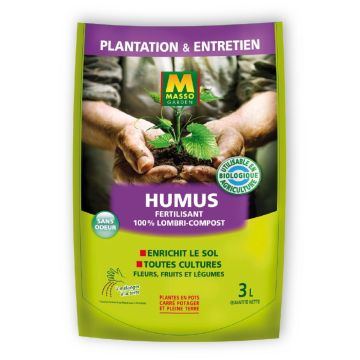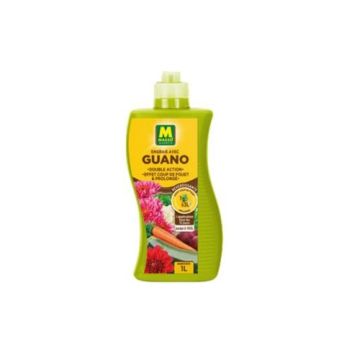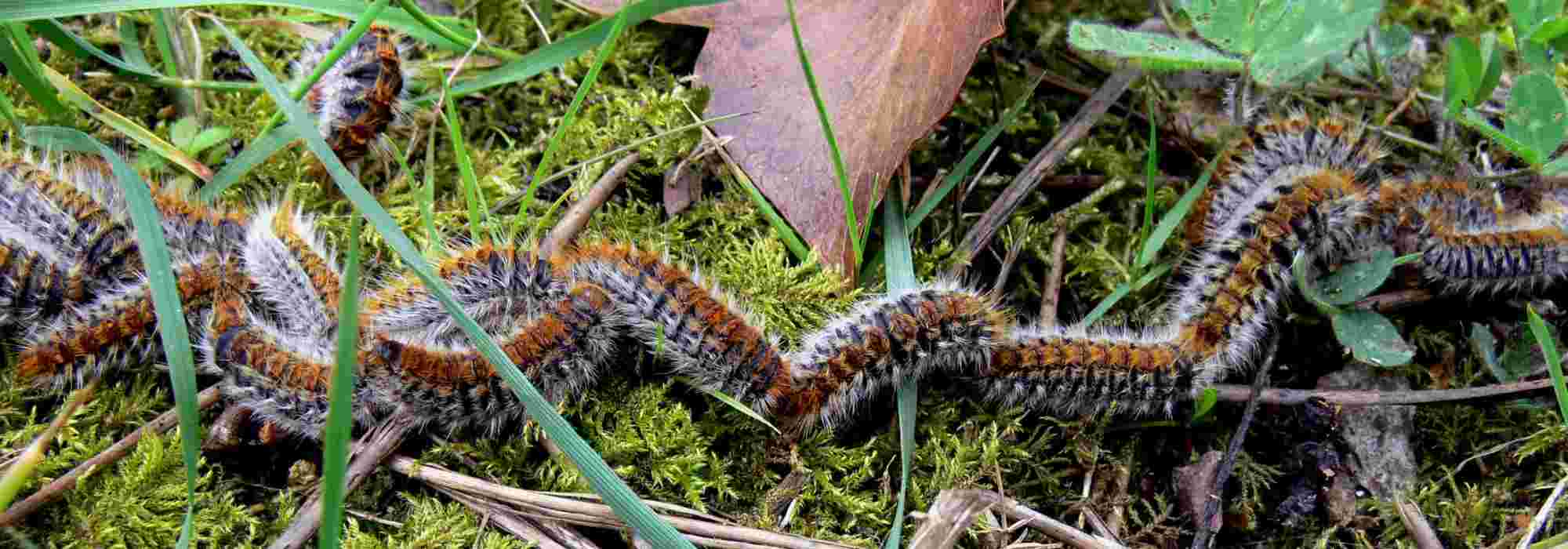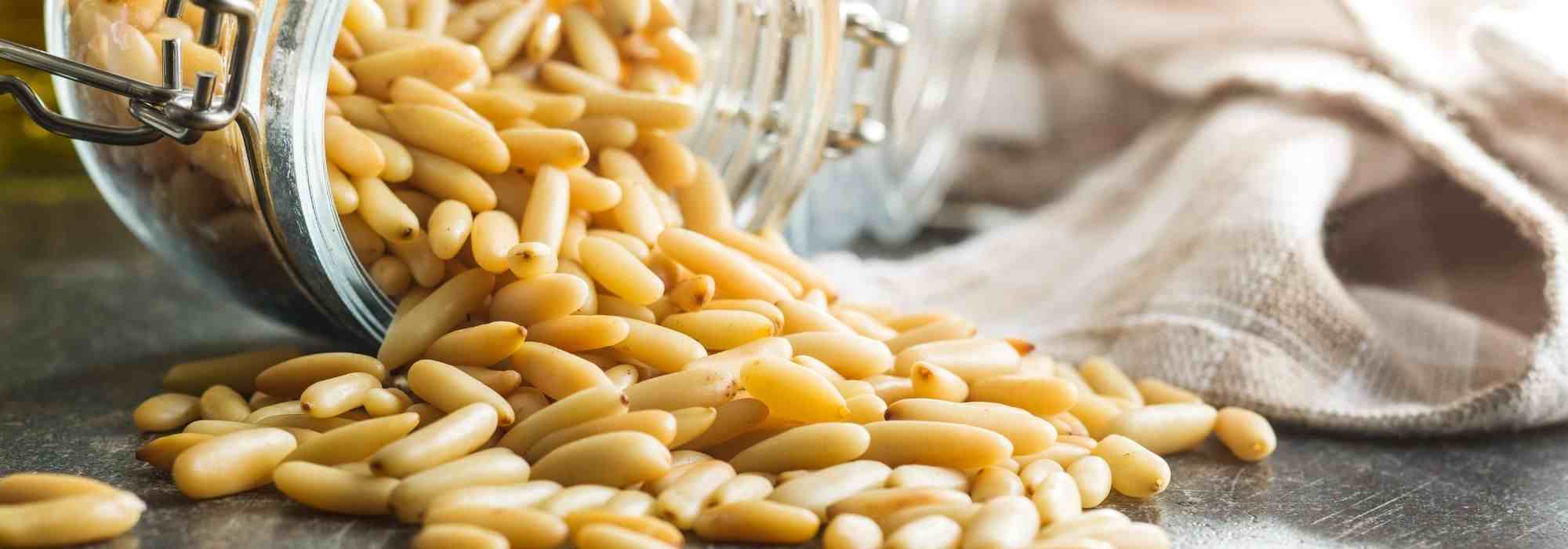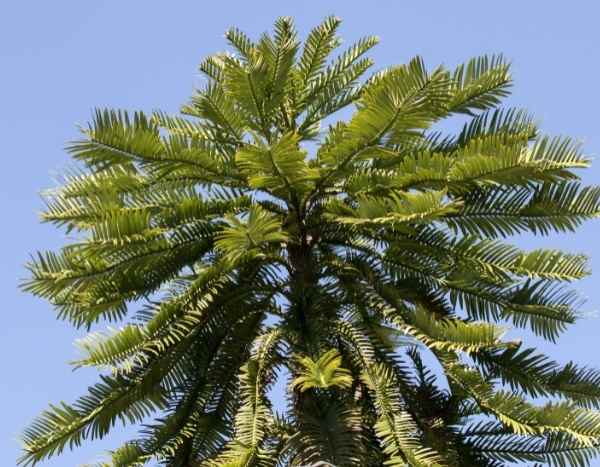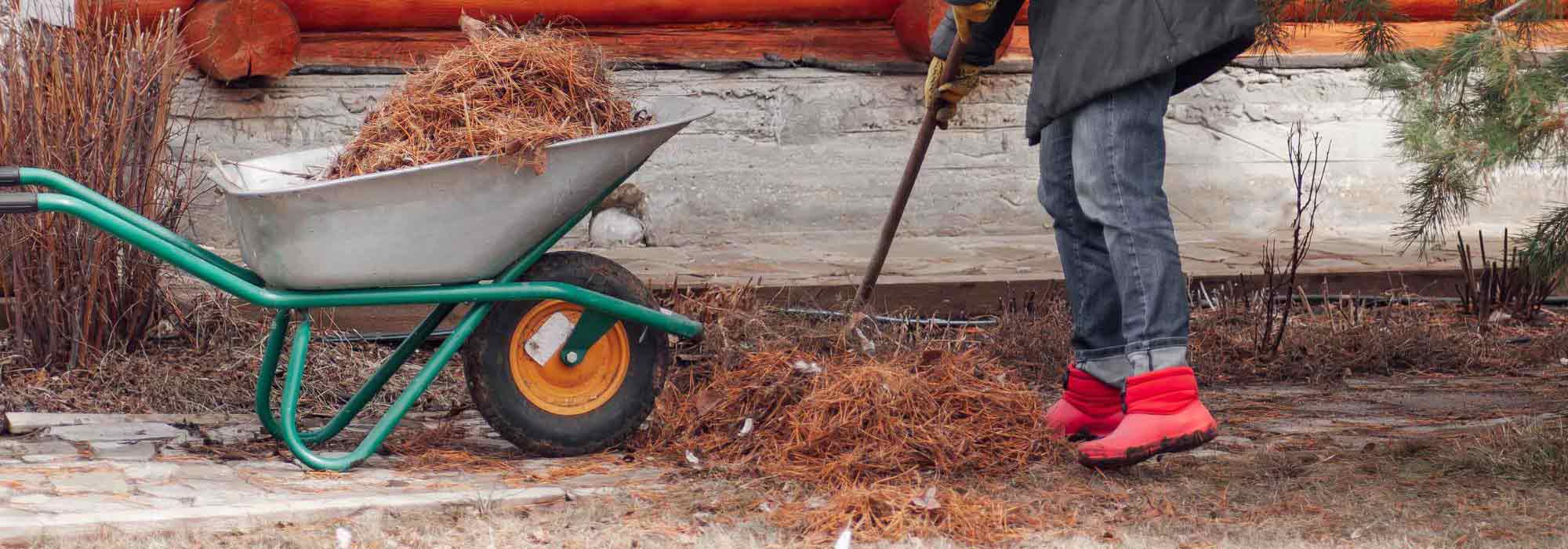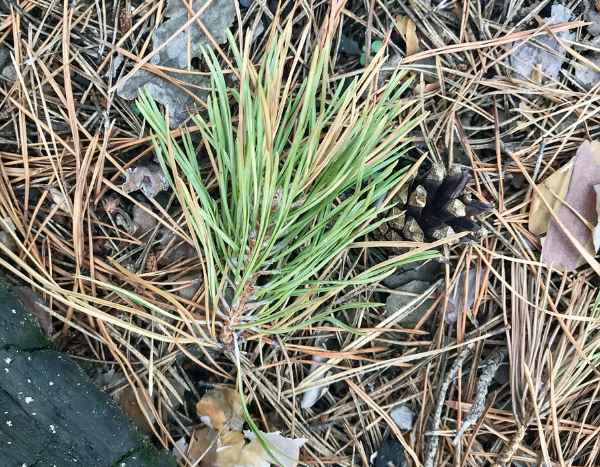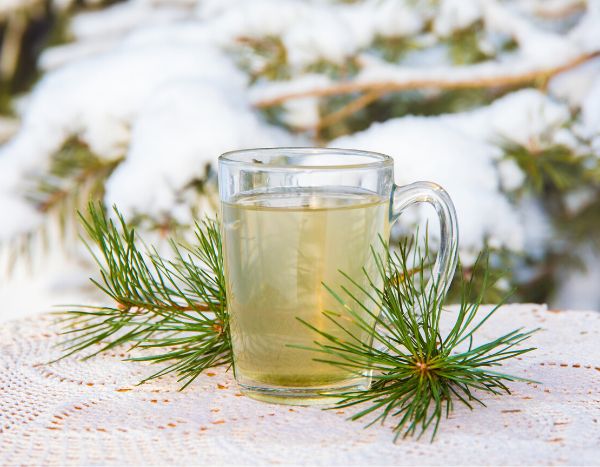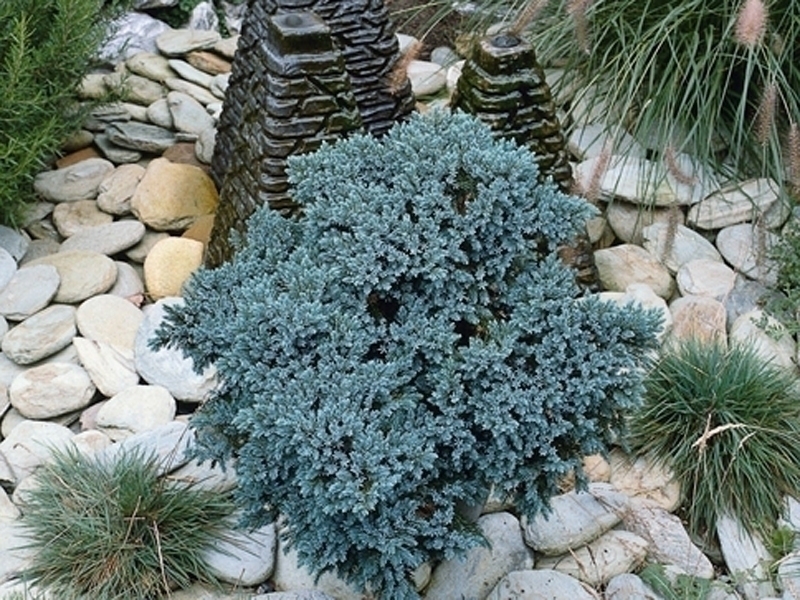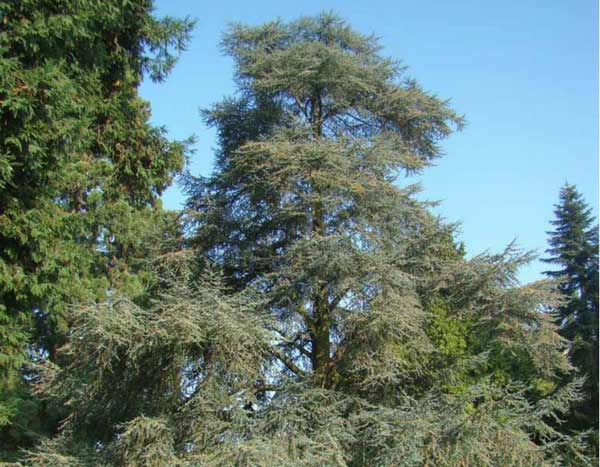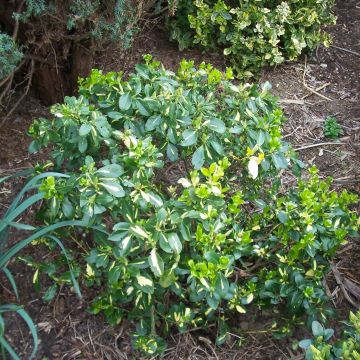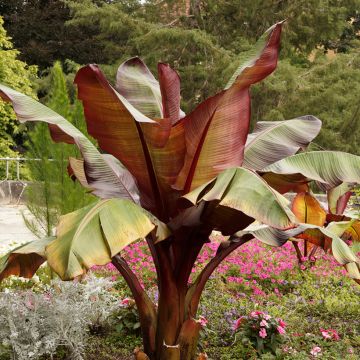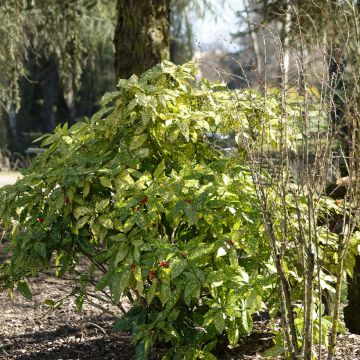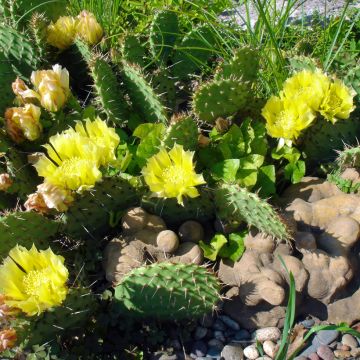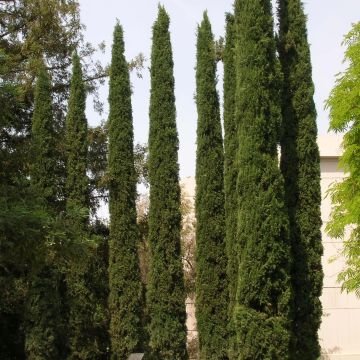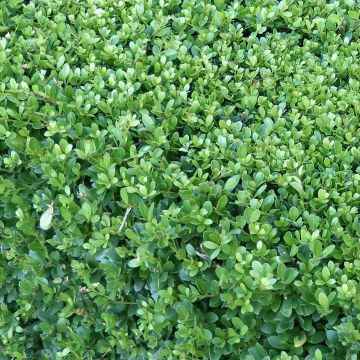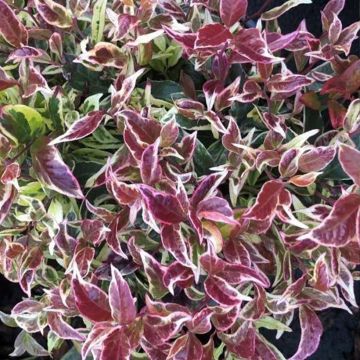

Dwarf Weymouth Pine - Pinus strobus Minuta
Dwarf Weymouth Pine - Pinus strobus Minuta
Pinus strobus Minuta
Eastern White Pine, Weymouth Pine, Northern White Pine
I still had some dried branches that I cut off, even though this young plant has been watered once a week since it was planted in the ground.
Astrid J., 23/08/2017
Special offer!
Receive a €20 voucher for any order over €90 (excluding delivery costs, credit notes, and plastic-free options)!
1- Add your favorite plants to your cart.
2- Once you have reached €90, confirm your order (you can even choose the delivery date!).
3- As soon as your order is shipped, you will receive an email containing your voucher code, valid for 3 months (90 days).
Your voucher is unique and can only be used once, for any order with a minimum value of €20, excluding delivery costs.
Can be combined with other current offers, non-divisible and non-refundable.
Why not try an alternative variety in stock?
View all →This plant carries a 24 months recovery warranty
More information
We guarantee the quality of our plants for a full growing cycle, and will replace at our expense any plant that fails to recover under normal climatic and planting conditions.
Would this plant suit my garden?
Set up your Plantfit profile →
Description
Pinus strobus 'Minuta' is one of the smallest pines that exist. This wonderful little elegant conifer forms a slightly flattened, very compact, very dense ball, covered with green-blue needle foliage, from which emerge pretty light green spring buds. Its particularly small size and very neat appearance make it a remarkable subject for decorating small spaces, rockeries, borders, or pots on the terrace. It is a very slow-growing variety, easy to grow in fertile, well-drained, non-calcareous soil. It prefers sunny situations.
Pinus strobus, also known as white pine, Weymouth pine or Lord's pine, is a conifer of the Pinaceae family, native to eastern North America, up to Newfoundland in Canada. This king of the forest is a monumental tree, a gigantic pyramidal Christmas tree reaching 90 m (295.3 ft) in height in its environment, but currently only reaching a height of 45 m (147.6 ft) with difficulty due to the destruction of its habitat and the massive exploitation it has been subjected to. It is a very hardy species, often planted for reforestation in forests, or as an ornamental tree in large parks.
The 'Minuta' variety, derived from this species, is distinguished by its very small size, compact globose habit, and regular growth. Its growth is very slow, about 2 cm (0.8 in) per year, so at maturity, it will not exceed 60 cm (23.6 in) in height and 90 cm (35.4 in) in spread. It is a many-stemmed bush, with branches emerging from the base, covered with green-grey-blue needles with silvery reflections. The needles are fine, soft, and flexible, measuring 4 cm to 5 cm (1.6 in to 2 in) in length. They are grouped in fives and gathered in very dense tufts on the branches. Their lower surface has two bands of silver stomata (plant respiration cells). The bark of this bush is smooth, and is green-grey on young subjects, before turning brown-grey and fissured over time. The lower part of the tree, when mature, shows a whitened bark, hence the vernacular name "white pine".
Pinus strobus 'Minuta' suits all gardens, even the smallest ones, because it is undemanding and adapts to a wide variety of soils, except for limestone and poorly drained soils. In small spaces, it will look good planted in front of shrubs or perennials, and will also enliven a rockery or a border. It will of course make a magnificent specimen in a large pot that will enhance a balcony or terrace, and will work wonders in a Japanese garden. It goes well with large stones, the geometric lines of pools, and masonry works. It can be planted alongside complementary grasses or dwarf conifers with a prostrate habit (Juniperus horizontalis 'Blue Chip'), globose habit (Picea abies 'Little Gem'), or columnar habit (Juniperus communis 'Sentinel'). The visual qualities of conifers suit the design of a contemporary garden, which prefers the aesthetics of shapes, silhouettes and textures to the daintiness of flowers. These plants are a perfect alternative to trimmed boxwood or holly, and can be used to mark pathways or border terraces. They also add permanence to the structure of a flowerbed. The key is to play with volumes and colours.
Dwarf Weymouth Pine - Pinus strobus Minuta in pictures
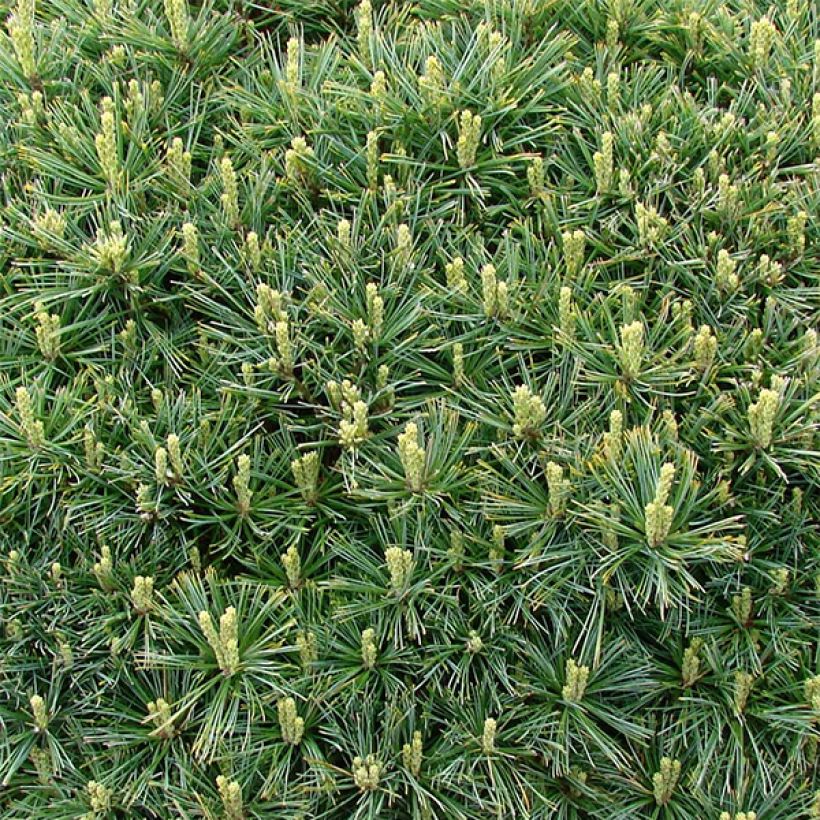

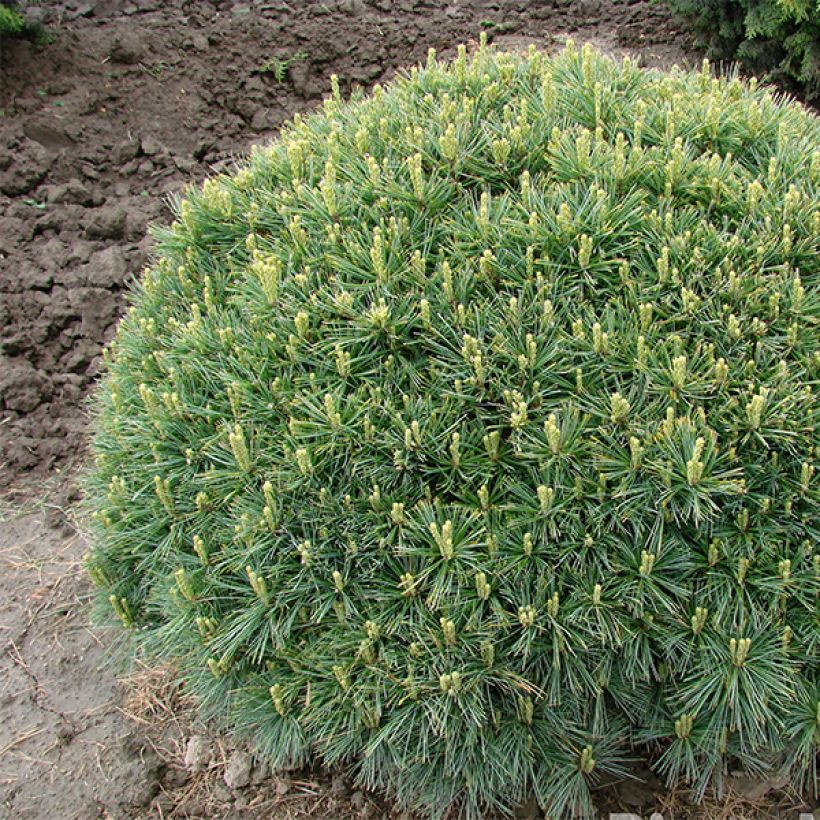

Plant habit
Flowering
Foliage
Botanical data
Pinus
strobus
Minuta
Pinaceae
Eastern White Pine, Weymouth Pine, Northern White Pine
Cultivar or hybrid
Other Pinus - Pine
View all →Planting and care
Plant Pinus strobus 'Minuta' from September to November and from February to June in ordinary, rather fertile, well-drained soil. It prefers light, sandy or loamy, slightly calcareous and fresh soils. Choose a sunny location or, at most, partially shaded in warmer climates. Soak the root balls well before planting. Add organic matter to the planting hole. Water generously for the first three years and during prolonged drought. Apply a special conifer fertiliser every year in April and weed the soil in summer. This very hardy conifer (down to at least -30° C (-22° F)) is not afraid of wind, but it cannot tolerate waterlogged soils in winter and atmospheric pollution. This bush does not require pruning.
Planting period
Intended location
Care
Planting & care advice
-
, onOrder confirmed
Reply from on Promesse de fleurs
Similar products
Haven't found what you were looking for?
Hardiness is the lowest winter temperature a plant can endure without suffering serious damage or even dying. However, hardiness is affected by location (a sheltered area, such as a patio), protection (winter cover) and soil type (hardiness is improved by well-drained soil).

Photo Sharing Terms & Conditions
In order to encourage gardeners to interact and share their experiences, Promesse de fleurs offers various media enabling content to be uploaded onto its Site - in particular via the ‘Photo sharing’ module.
The User agrees to refrain from:
- Posting any content that is illegal, prejudicial, insulting, racist, inciteful to hatred, revisionist, contrary to public decency, that infringes on privacy or on the privacy rights of third parties, in particular the publicity rights of persons and goods, intellectual property rights, or the right to privacy.
- Submitting content on behalf of a third party;
- Impersonate the identity of a third party and/or publish any personal information about a third party;
In general, the User undertakes to refrain from any unethical behaviour.
All Content (in particular text, comments, files, images, photos, videos, creative works, etc.), which may be subject to property or intellectual property rights, image or other private rights, shall remain the property of the User, subject to the limited rights granted by the terms of the licence granted by Promesse de fleurs as stated below. Users are at liberty to publish or not to publish such Content on the Site, notably via the ‘Photo Sharing’ facility, and accept that this Content shall be made public and freely accessible, notably on the Internet.
Users further acknowledge, undertake to have ,and guarantee that they hold all necessary rights and permissions to publish such material on the Site, in particular with regard to the legislation in force pertaining to any privacy, property, intellectual property, image, or contractual rights, or rights of any other nature. By publishing such Content on the Site, Users acknowledge accepting full liability as publishers of the Content within the meaning of the law, and grant Promesse de fleurs, free of charge, an inclusive, worldwide licence for the said Content for the entire duration of its publication, including all reproduction, representation, up/downloading, displaying, performing, transmission, and storage rights.
Users also grant permission for their name to be linked to the Content and accept that this link may not always be made available.
By engaging in posting material, Users consent to their Content becoming automatically accessible on the Internet, in particular on other sites and/or blogs and/or web pages of the Promesse de fleurs site, including in particular social pages and the Promesse de fleurs catalogue.
Users may secure the removal of entrusted content free of charge by issuing a simple request via our contact form.
The flowering period indicated on our website applies to countries and regions located in USDA zone 8 (France, the United Kingdom, Ireland, the Netherlands, etc.)
It will vary according to where you live:
- In zones 9 to 10 (Italy, Spain, Greece, etc.), flowering will occur about 2 to 4 weeks earlier.
- In zones 6 to 7 (Germany, Poland, Slovenia, and lower mountainous regions), flowering will be delayed by 2 to 3 weeks.
- In zone 5 (Central Europe, Scandinavia), blooming will be delayed by 3 to 5 weeks.
In temperate climates, pruning of spring-flowering shrubs (forsythia, spireas, etc.) should be done just after flowering.
Pruning of summer-flowering shrubs (Indian Lilac, Perovskia, etc.) can be done in winter or spring.
In cold regions as well as with frost-sensitive plants, avoid pruning too early when severe frosts may still occur.
The planting period indicated on our website applies to countries and regions located in USDA zone 8 (France, United Kingdom, Ireland, Netherlands).
It will vary according to where you live:
- In Mediterranean zones (Marseille, Madrid, Milan, etc.), autumn and winter are the best planting periods.
- In continental zones (Strasbourg, Munich, Vienna, etc.), delay planting by 2 to 3 weeks in spring and bring it forward by 2 to 4 weeks in autumn.
- In mountainous regions (the Alps, Pyrenees, Carpathians, etc.), it is best to plant in late spring (May-June) or late summer (August-September).
The harvesting period indicated on our website applies to countries and regions in USDA zone 8 (France, England, Ireland, the Netherlands).
In colder areas (Scandinavia, Poland, Austria...) fruit and vegetable harvests are likely to be delayed by 3-4 weeks.
In warmer areas (Italy, Spain, Greece, etc.), harvesting will probably take place earlier, depending on weather conditions.
The sowing periods indicated on our website apply to countries and regions within USDA Zone 8 (France, UK, Ireland, Netherlands).
In colder areas (Scandinavia, Poland, Austria...), delay any outdoor sowing by 3-4 weeks, or sow under glass.
In warmer climes (Italy, Spain, Greece, etc.), bring outdoor sowing forward by a few weeks.






























